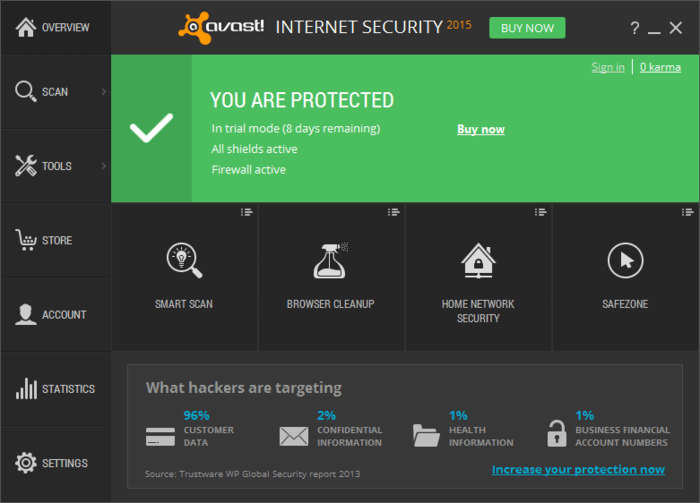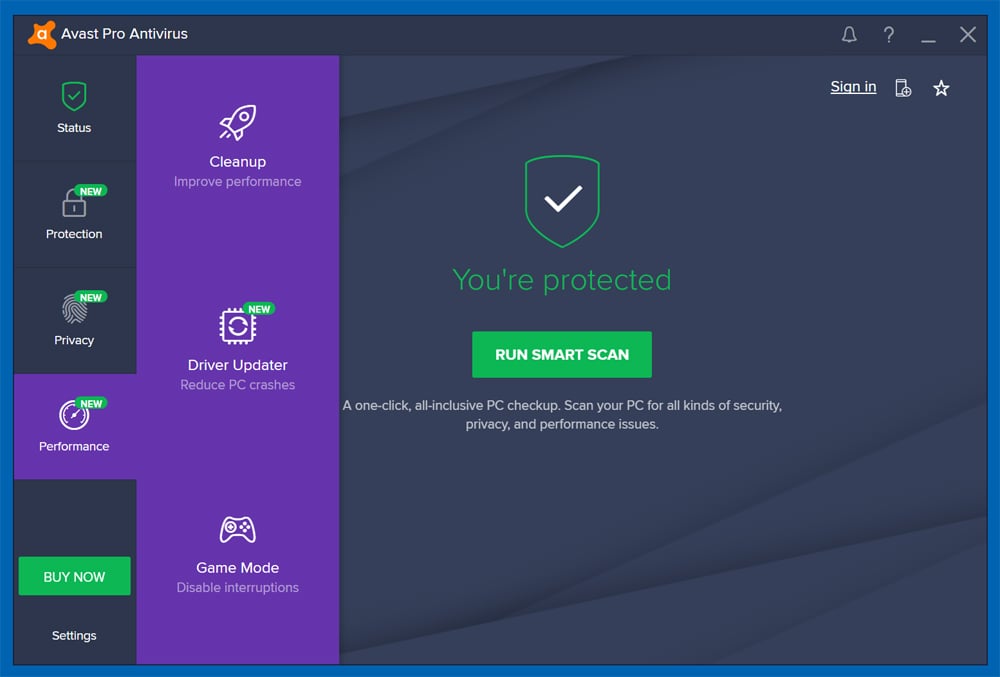

Note that the only differences are in establishing a connection. In passive mode, the connection is outgoing on the client side and incoming on the server side and in active mode this is reversed. Generally, establishing outgoing connections requires less configuration on the routers/firewalls involved than establishing incoming connections. In both cases, the actual file or listing is then transferred over the data connection. Once the client issues a command to transfer a file or listing, the server will connect to the address provided by the client. In active mode, the client opens a socket on the local machine and tells its address to the server using the PORT command. The client then issues a command to transfer a file or to get a directory listing, and establishes a secondary connection to the address returned by the server. In passive mode, which is recommended (see below), the client sends the PASV command to the server, and the server responds with an address. The data connection can be established two different ways, using active mode or passive mode. Then, in order to transfer a file or a directory listing, the client sends a particular command over the control connection to establish the data connection. First, the so-called control connection is established, over which FTP commands and their replies are transferred. When you connect to an FTP server, you are actually making two connections. What distinguishes FTP from most other protocols is the use of secondary connections for file transfers. To make things worse, some are themselves flawed, causing additional problems regarding FTP. Unfortunately, both NAT and personal firewalls conflict with FTP more often than not.

NAT routers allow multiple systems within a LAN to connect to the outside world with one external IP address.

The number of hosts connected to the internet has reached IPV4's design limit for the number of addresses ( IPv6 is designed to relieve this). Many hosts and routers on the internet use the IPv4 protocol.
#Abyss web server avast firewall windows 8
6 Setting up FileZilla Server with Windows 8 Firewall.5 Setting up FileZilla Server with Windows Firewall.3 Setting up and testing FileZilla Server.1.4 Malicious routers, firewalls and data sabotage.


 0 kommentar(er)
0 kommentar(er)
